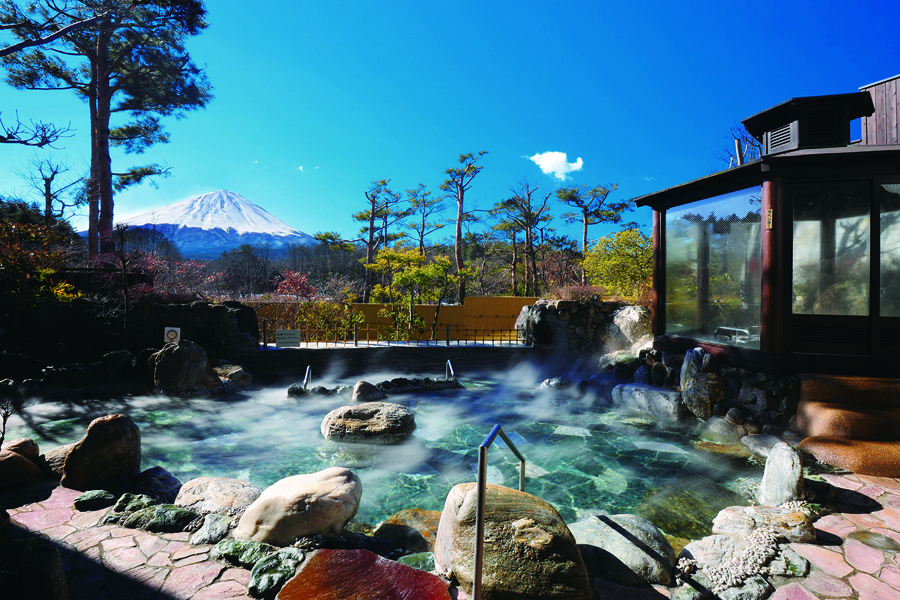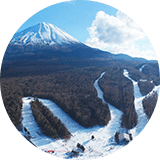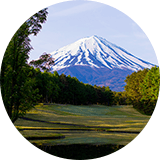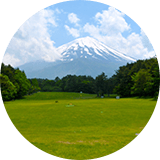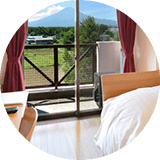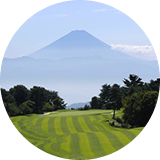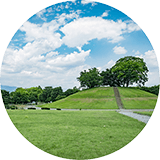Japanese Onsen (hot springs) culture that has been around for more than 1000 years.

The custom of soaking in hot springs has existed in Japan for a very long time.
For example, even in Japan’s oldest historical record called “Kojiki (Records of Ancient Matters)” which was compiled in the 8th century and “Nihon shoki (The Chronicles of Japan)”, it is described that there were hot springs throughout Japan and people were bathing in them.
Since then Japanese people have loved hot springs for more than 1000 years and nurtured the culture of enjoying hot springs. Bathing in hot springs is a time-honoured custom for Japanese people and it is part of our culture.
It is often said that what’s interesting about Japan is that “modern city life” and “traditional customs and culture” are fusing excellently without crushing one another.
Hot springs certainly reflect that point of view.
Today, Japan is recognized as one of the most industrially advanced countries in the world and it is one of the countries with the most advanced digital culture. Japanese people live this kind of modern life, yet they still haven’t forgotten their traditional custom of hot springs. Frequency of people going to hot springs varies person to person but they make time to enjoy hot springs in their own time. Some people use hot spring facilities in their local area for relaxation and others travel around the country to go to many different hot spring spots and so on.
Visiting Japanese hot springs will allow you to directly experience and understand the culture that has been nurtured in Japanese long history.
Three different styles of enjoying hot springs amongst Japanese people
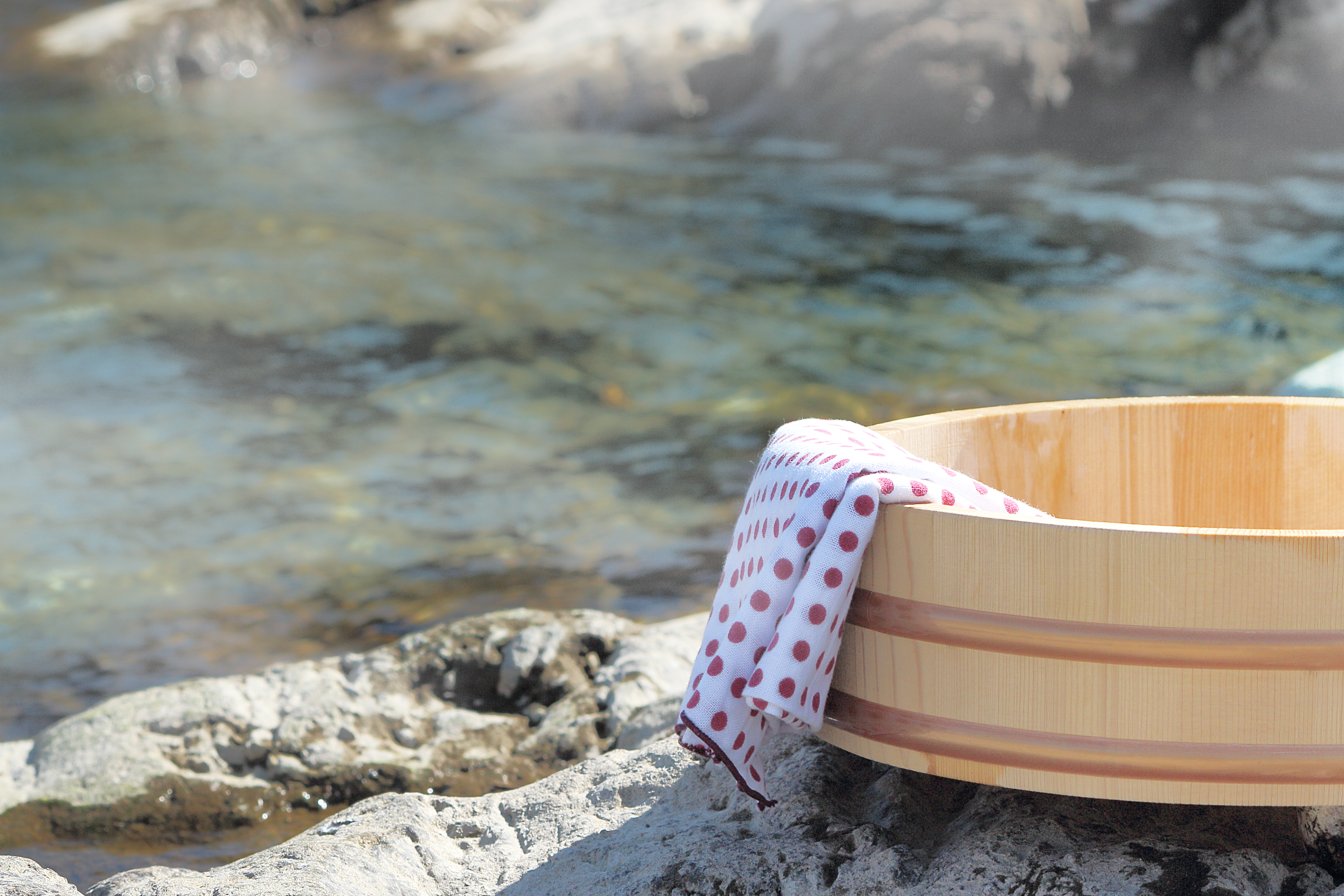
So how have Japanese people enjoyed hot springs?
Nowadays, Japanese people enjoy hot springs in three different styles.
The first one is “a hot spring cure” where people use hot springs for medical treatment.
The second one is “a hot spring trip” where you mainly enjoy hot springs and meals served at an Onsen Ryokan (Japanese inn with a hot spring).
The third one is “a day hot spring” where people casually enjoy hot springs as a way of relaxation in their every day life.
The oldest style that has been used by people in Japan is “a hot spring cure” and they use hot springs for medical treatment.
The word “湯治”(pronounced “touji” meaning a hot spring cure) has been around in Japan since long ago. When you look at the combination of these two Chinese characters, it simply speaks for itself as the first character “湯” pronounced “tou” stands for water of a hot spring and the second character “治” pronounced “ji” stands for a cure.
It has been known since long ago that hot springs heal wounds, ease different types of pain including lower back pain and nerve pain and also stabilize mental states. Thus a hot spring cure using hot springs for medical treatment has been put into practice in Japan since long ago. At the beginning, a hot spring cure was being used mainly amongst those in power in ancient Japan including the Emperor and nobles but in the Medieval Period, samurai warriors rose to power and those samurais also started to use a hot spring cure. Then in Edo Period, where Shogun Tokunaga Ieyasu unified the whole country of Japan in 1600, as farmers’ and townspeople’s life stabilized, a hot spring cure was put into practice amongst them as well.
Thus hot spring cures grew popular amongst the general public in the “Edo Period” but this is also the period when the general public began to enjoy sightseeing trips.
In the Edo Period, traveling was ostensibly restricted for the general public for the purpose of maintenance of public peace. However, they were allowed to travel to visit shrines and temples faraway for religious purposes so the general public was enjoying travelling in the name of pilgrimage.
It was a pilgrimage so people went to visit shrines and temples after all. However, Japanese religions don’t have strict precepts therefore they were free to do whatever they liked during a pilgrimage. They travelled on foot but the roads were in good condition and there were enough accommodations around so they could enjoy their trips.
Their way of travelling is actually very close to our modern sightseeing trips. Travellers head for the shrines and temples while stopping by places with good sceneries or historic spots and enjoying the local well-known food and hot springs.
Mt. Fuji was also one of the destinations for a pilgrimage.
In the Japanese religion called Shinto, there are many that started from the worship of nature. Mt. Fuji was one of the objects of worship as the highest and the most beautiful mountain in Japan that causes great volcanic eruptions.
A trip to climb Mt. Fuji was very popular around Edo (current Tokyo) in Edo Period. It is said that during those trips, people especially loved stopping by hot springs.
In Edo Period, many travel guidebooks were published for that kind of trip. Since hot springs across Japan were introduced in those books, stopping by hot springs became something that people look forward to while travelling.
Such a pilgrimage continued to be around when the Edo Period of samurai warriors ended and they welcomed the Meiji Period, where they adopted constitutional monarchy from Europe.
In this period, amongst the general public, who were able to live more freely, the purpose of traveling gradually changed from a religious trip to a sightseeing trip.
Thus “a hot spring trip”, of which the purpose is to enjoy hot springs, was born and their destinations were “Onsen Ryokan” (Japanese inns with a hot spring).
Until then, although people enjoyed sightseeing while travelling, the purpose of their trips was a pilgrimage after all. However, in this period, it completely changed from that to solely enjoying hot springs.
There is also a fact that many of those Onsen Ryokan went upscale as Japanese economy rapidly developed after the World War II.
Following those circumstances, “a day hot spring”, the newest style of Japanese hot springs, got popular over the last 30 years.
Reasonably and casually, you enjoy “hot springs” and “meals”. That’s what “a day hot spring” is all about.
Relish Japanese hot spring culture casually with a beautiful view of Mt. Fuji at “A day hot spring” hotspot, “Fuji Chobo-no-Yu Yurari Onsen” (a hot spring with a view of Mt. Fuji).

A place I recommend to tourists from overseas is “A day hot spring facility, Fuji Chobo-no-Yu Yurari Onsen”. At “Fuji Chobo-no-Yu Yurari Onsen”, the charge is reasonable even on weekends and public holidays, which is 1,500 yen/person (adult). There’s no need to make a booking so you can use the facility casually without a hassle anytime.
To get to “Fuji Chobo-no-Yu Yurari Onsen”, I recommend taking a free shuttle bus bound for “Fuji Chobo-no-Yu Yurari Onsen” from Kawaguchiko Station.
Please click the link below for the information on how to use the free shuttle bus service. https://www.fuji-yurari.jp/english/access_eng.html They run this free shuttle bus service four times a day and you’ll need to make a booking on the phone beforehand.
At “Fuji Chobo-no-Yu Yurari Onsen”, there are two kinds of outdoor hot springs with a view of Mt. Fuji. One is “Sacred peak open-air bath” and the other one is “Panorama bath”. They also have other unique baths such as “Carbonated spring” and “Cave bath”.
Amongst various a day hot spring facilities throughout Japan, there are not many that have as many different kinds of baths as this facility.
You can see different characteristics of each bath here on their website.
https://www.fuji-yurari.jp/english/spa_eng.html
Try all these different kinds of baths and find your favorite!
However, you have to be careful not to soak in a hot spring for too long. There is a word “yuzukare” in Japan, which means weariness caused by prolonged hot bath. It actually consumes a lot of your energy when you’re in a high temperature hot spring. It puts a great strain on your body if you stay in hot water for too long. The key to enjoy a hot spring is to take adequate breaks from soaking in hot water!
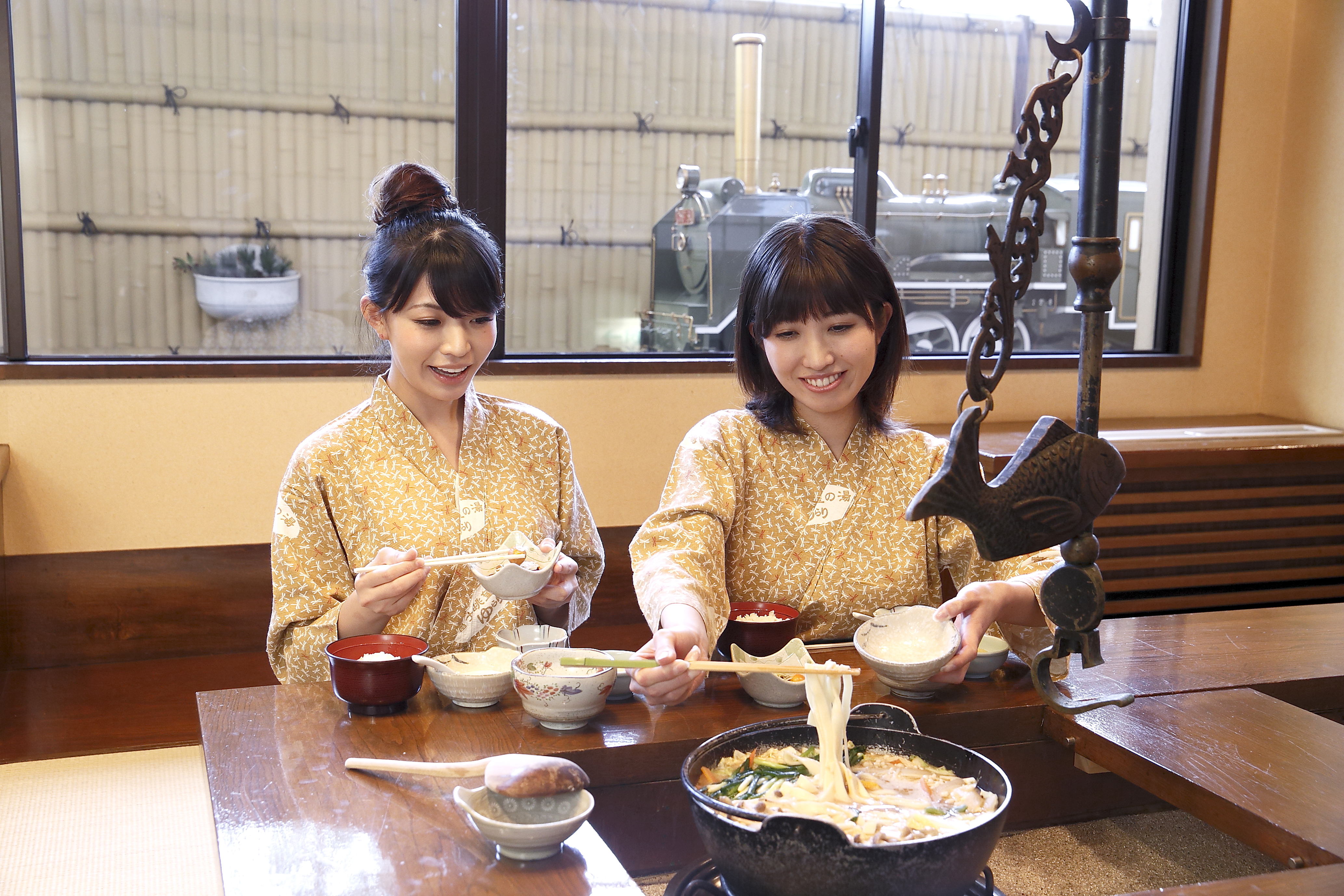
So, what else can you do there after relaxing in various kinds of baths? How about going to a restaurant?
Have a cold drink to cool you down first after soaking in a hot spring and then enjoy a meal. This is also how Japanese people enjoy hot springs.
https://www.fuji-yurari.jp/english/restaurant.html
There are two restaurants “Fujizakura” and “Okariba” in “Fuji Chobo-no-Yu Yurari Onsen”.
I recommend “Okariba” which was created with an inspiration of a Japanese traditional house. Here you can enjoy Yamanashi Prefecture’s traditional cuisine passed down through generations.
https://www.fuji-yurari.jp/english/restaurant.html

Now, “Fuji Chobo-no-Yu Yurari Onsen” is a day hot spring facility so you cannot stay there over night but you can do so at an accommodation “Fuji Midorino Kyukamura” located next door. Fuji Midorino Kyukamura and Fuji Chobo-no-yu Yurari Onsen are connected through a passage so it’s very convenient! Moreover, Fuji Midorino Kyukamura offers a package with good value, which includes a ticket for Yurari Onsen. Please click the link below for more information on “Midori no Kyukamura”.
http://www.kyukamura.jp/wp-content/themes/fuji_ippan/en/index3.html
 LINK
LINKFuji Chobo-no-Yu Yurari Onsen
https://www.fuji-yurari.jp/english.html
Fuji Midori no kyuka-mura
http://www.kyukamura.jp/wp-content/themes/fuji_ippan/en/index3.html
